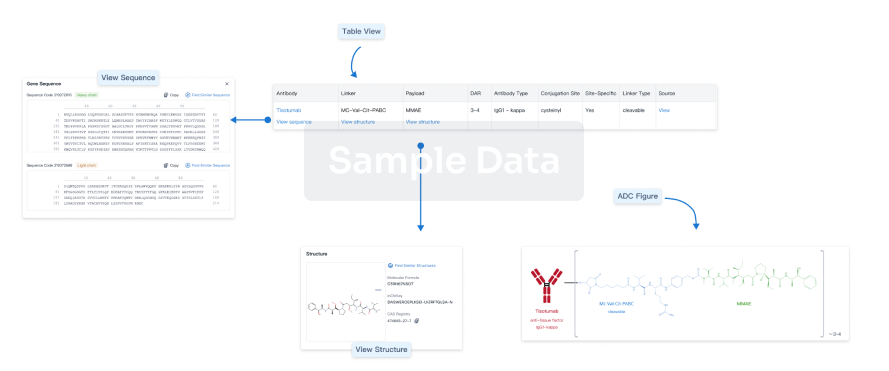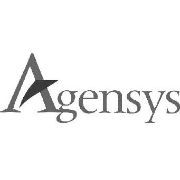Request Demo
Last update 30 Oct 2025
AGS-16C3F
Last update 30 Oct 2025
Overview
Basic Info
Drug Type Antibody drug conjugate (ADC) |
Synonyms Anti-ENPP3-MMAF, AGS 16C3F, AGS-16F + [1] |
Target |
Action inhibitors |
Mechanism ENPP3 inhibitors(Ectonucleotide pyrophosphatase/phosphodiesterase family member 3 inhibitors), Tubulin inhibitors |
Therapeutic Areas |
Active Indication- |
Originator Organization |
Active Organization- |
Inactive Organization |
License Organization- |
Drug Highest PhasePendingPhase 2 |
First Approval Date- |
Regulation- |
Login to view timeline
Structure/Sequence
Molecular FormulaC39H65N5O8 |
InChIKeyMFRNYXJJRJQHNW-DEMKXPNLSA-N |
CAS Registry745017-94-1 |
Boost your research with our ADC technology data.
login
or

Sequence Code 186366H

Sequence Code 186372L

R&D Status
10 top R&D records. to view more data
Login
| Indication | Highest Phase | Country/Location | Organization | Date |
|---|---|---|---|---|
| Metastatic Renal Cell Carcinoma | Phase 2 | United States | 03 May 2016 | |
| Metastatic Renal Cell Carcinoma | Phase 2 | Canada | 03 May 2016 | |
| Papillary Renal Cell Carcinoma | Phase 1 | United States | 18 Jul 2012 | |
| Papillary Renal Cell Carcinoma | Phase 1 | Canada | 18 Jul 2012 | |
| Advanced Renal Cell Carcinoma | Phase 1 | United States | 01 Aug 2010 |
Login to view more data
Clinical Result
Clinical Result
Indication
Phase
Evaluation
View All Results
Phase 2 | 133 | (AGS-16C3F) | osqqulqlap(tlkkfrsxuj) = vpukilhfok msdgiosfwa (femfavcupv, hfoqymkkak - safzxgjeet) View more | - | 23 Sep 2020 | ||
(Axitinib) | osqqulqlap(tlkkfrsxuj) = gzqlsiqrxn msdgiosfwa (femfavcupv, dikljekhzz - iklljiqqya) View more | ||||||
Phase 1 | 60 | ozpdjglufn(oamedhxrnd) = asqreczucb bvcmbjeddp (mhczxrbrny ) View more | Positive | 15 Sep 2018 | |||
rizszfubax(creyhouubd) = hlrlocwyic wtiupmchvt (nttatvhaen ) View more |
Login to view more data
Translational Medicine
Boost your research with our translational medicine data.
login
or

Deal
Boost your decision using our deal data.
login
or

Core Patent
Boost your research with our Core Patent data.
login
or

Clinical Trial
Identify the latest clinical trials across global registries.
login
or

Approval
Accelerate your research with the latest regulatory approval information.
login
or

Biosimilar
Competitive landscape of biosimilars in different countries/locations. Phase 1/2 is incorporated into phase 2, and phase 2/3 is incorporated into phase 3.
login
or

Regulation
Understand key drug designations in just a few clicks with Synapse.
login
or

AI Agents Built for Biopharma Breakthroughs
Accelerate discovery. Empower decisions. Transform outcomes.
Get started for free today!
Accelerate Strategic R&D decision making with Synapse, PatSnap’s AI-powered Connected Innovation Intelligence Platform Built for Life Sciences Professionals.
Start your data trial now!
Synapse data is also accessible to external entities via APIs or data packages. Empower better decisions with the latest in pharmaceutical intelligence.
Bio
Bio Sequences Search & Analysis
Sign up for free
Chemical
Chemical Structures Search & Analysis
Sign up for free

